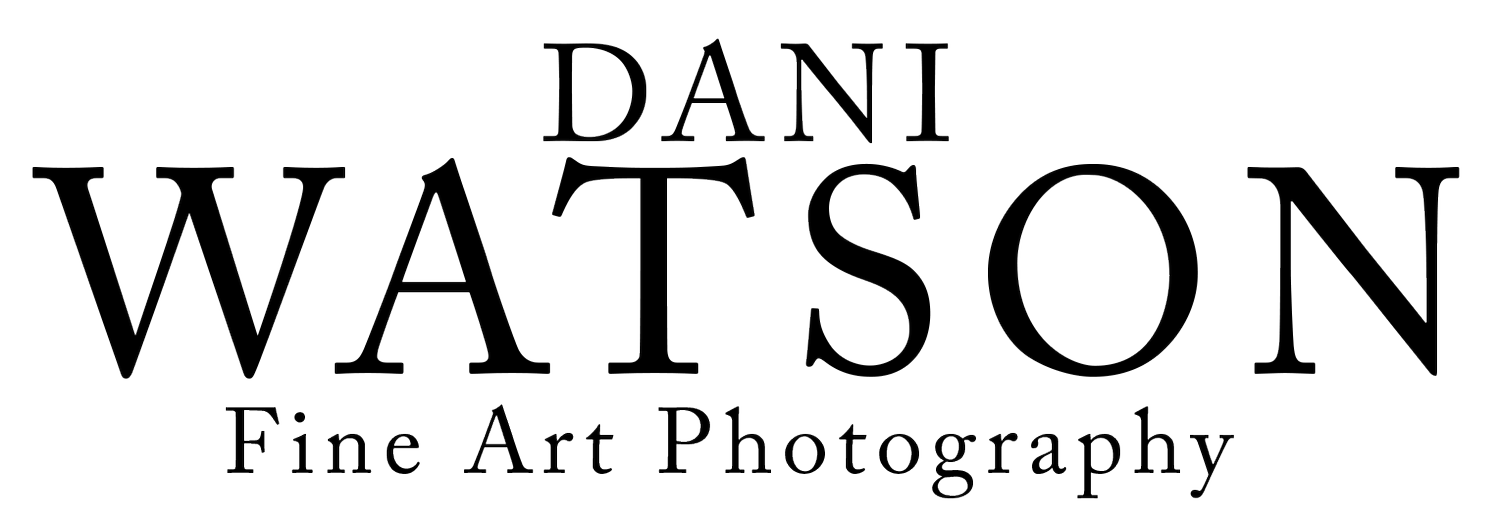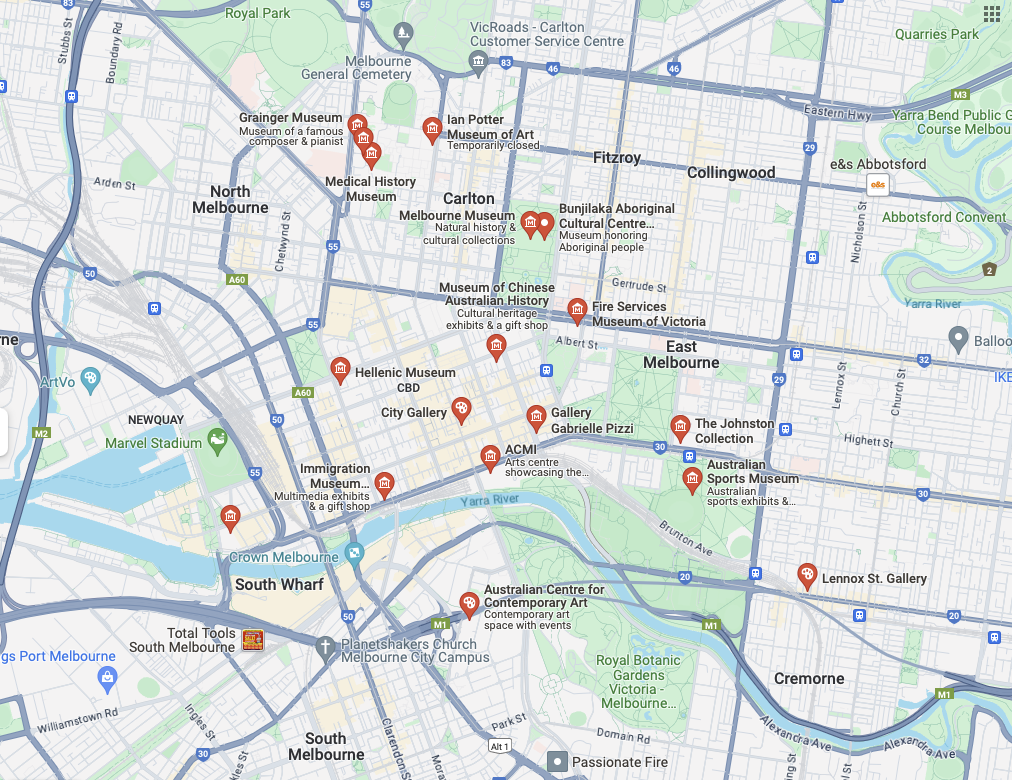Planning for a Photographic Exhibition: The Journey Begins Part I
Welcome to the first instalment of my blog series, where I dive into the intricate process of planning my first solo photographic exhibition. This journey is filled with challenges, learning curves, and moments of excitement. Whether you're an aspiring photographer thinking about your own exhibition or simply curious about what goes into such an endeavour, I invite you to follow along as I navigate through this creative voyage.
The Quest for the Perfect Venue
Securing the perfect venue often emerges as one of the most challenging initial steps when orchestrating an exhibition. It transcends the mere act of finding an available space; it's about discovering a venue that aligns seamlessly with both your artistic expression and overarching vision for the showcase. For me, this journey began with tapping into my professional network for suggestions. Conversations with fellow artists and photographers steered me towards considering several galleries in Melbourne, a prospect that was simultaneously exciting and intimidating.
To navigate through the myriad of options, I turned to the Creative Spaces website, a resource dedicated to listing available venues in Australia. I knew that securing a gallery space would be competitive, given that many galleries plan their schedules up to twelve months in advance. Moreover, there were other critical factors to weigh, such as the size of the space, its location, the cost implications, and the duration for which the venue could be booked. While some listings provided upfront details about costs and booking durations, others required a more formal application to obtain a quote.
Armed with a comprehensive understanding of what was available and what I needed, I proceeded to the next crucial step: reaching out to these venues. In today's digital-first world, having a polished, professional website and portfolio is indispensable. This digital presence serves as your first impression, making it imperative to present your work in a professional light, far removed from the casualness of Instagram or other social media platforms. My submissions were thorough, showcasing my work and clearly articulating my vision for the exhibition which helped because it was as part of my Masters of Arts (Photography) exhibition.
The response was more positive than I had anticipated. Several galleries expressed interest in hosting my exhibition, marking a significant early victory in the planning process. This not only affirmed the appeal of my work but also underscored the importance of a well-curated portfolio and the strategic use of professional networks.
Considerations
After receiving responses from interested venues and galleries, it's essential to dive into the financial details of hosting an exhibition. The costs associated with using a venue can differ greatly and might include rental fees or commissions.
Here are key financial questions to ask:
What is the weekly rental fee for the venue, and what services does this cover?
Will the gallery take a commission from any sales made during the exhibition?
Is the venue staffed, or will you need to arrange for your own personnel?
Are marketing and promotional costs included in the venue fee?
How well-placed is the gallery in terms of attracting passersby and visitors?
The overall expense of putting on an exhibition can rise quickly, especially when you factor in additional costs like printing artwork, framing, marketing, and hosting an opening night event. For artists who are just starting out, it's important to manage your budget carefully. Looking for sponsorships or applying for grants can be effective ways to fund your exhibition without exhausting your resources.
Choosing The Right Space
After carefully considering my options, I narrowed my choices down to three distinct venues, each with its own set of advantages and challenges. The first option was a professional art gallery, which naturally offered a comprehensive solution tailored for exhibitions, though at a steep cost. The second was a unique venue that seemed like a perfect match for my exhibition's theme, offering an ideal short-term space for a few days that could significantly enhance my work's presentation. However, the potential need for additional equipment raised questions about long-term cost-effectiveness. The third option was a familiar local space that provided the flexibility of indoor and outdoor displays, yet its location posed a challenge.
After much deliberation, I decided on the professional gallery space. Despite the hefty weekly cost of over $3500, it felt like the right choice for my first exhibition, especially as I am at the early stages of my photography career. I prioritised having a stress-free experience, where concerns about lighting, artwork installation, and maintaining a clean, contemporary space were handled by professionals. This decision was also heavily influenced by the need for foot traffic. As a photographer aiming to sell prints, the ability to attract visitors through the gallery's location and leverage its customer database for promotion became the deciding factor.
Choosing the professional gallery represented a significant investment in my future, ensuring my work would be showcased in an environment that not only reflects the quality of my art but also maximizes its exposure to potential buyers.
Sponsorship
For emerging artists, the path from concept to exhibition is often paved with financial challenges. This is where seeking sponsorships or grants becomes essential, providing the support needed to bring your creative vision to life. These are partnerships where businesses financially back your project in return for promotional benefits. When looking for sponsors, consider what you can offer them, such as featuring their logo on your materials or hosting an exclusive event. Crafting a proposal that highlights mutual benefits is crucial. Grant can be another avenue, Offered by organizations or government bodies, grants are funds allocated for projects like yours. Although competitive, they don't require reciprocation. Focus on grants that align with your work and prepare a detailed application showcasing your project's value and impact.
Whether applying for a grant or seeking sponsorship, your proposal should be clear, compelling, and professional. Include your exhibition's concept, its significance, a budget, and images of your work. This process also offers a chance to connect with the art community and potential backers. Engage with arts councils, join networks, and participate in events to expand your circle.
Crafting a Cohesive Theme
Securing the venue marked a pivotal moment in my journey, allowing me to pivot my focus fully towards refining the thematic essence of my exhibition. The groundwork for this project had been laid over the course of 18 months, a period rich with exploration and introspection. This extensive timeframe afforded me the invaluable opportunity to delve deep into my travels and personal experiences in search of a cohesive concept that could seamlessly weave my body of work together. The spark of inspiration I had been searching for ignited unexpectedly during a visit to another artist's exhibition. It was in that moment of profound connection with their work that I found the missing piece to my own puzzle. Thus, the theme "Connection" was born.
The importance of a meticulously chosen theme cannot be overstated. It acts as the exhibition's heartbeat, pulsating through every aspect of the show. A compelling theme does more than provide an artistic boundary; it breathes life into the exhibition, giving it a distinct identity and emotional depth. It informs the selection of pieces, ensuring each work not only stands on its own merit but also contributes to a larger narrative. Moreover, the theme becomes a cornerstone of the marketing strategy, offering a narrative hook that can engage potential visitors on a deeper level, drawing them into the world you've curated.
"Connection" emerged not just as a title, but as a philosophical lens through which my work could be interpreted. It encapsulated my desire to explore the myriad ways in which we connect with the world around us—through landscapes, through moments, through the unspoken bonds that unite us across cultures and experiences. This theme promised to guide visitors on a journey, inviting them to uncover the subtle threads of connectivity woven throughout my photographs.
As I moved forward with planning the exhibition, "Connection" serves as a beacon, guiding my decisions from the curation of specific pieces to how they would be displayed. It influenced the design of promotional materials, the layout of the gallery space, and even the conversations I hoped to spark among attendees. In embracing this theme, I committed to creating an experience that was not only visually captivating but also emotionally resonant, offering a space where visitors could reflect on their own connections to the world.
Understanding Your Space and Audience
Understanding the chosen venue and its typical audience is crucial for a successful exhibition. In my situation, the selected professional gallery, with its clean, modern aesthetics, aligns perfectly with my artistic style. This alignment, coupled with insights gained from examining past exhibitions held at this venue, confirmed that the audience demographics and marketing opportunities were an ideal match for my work. Situated in Collingwood, the gallery attracts professionals and young professionals who are likely to appreciate contemporary takes on traditional themes, such as my fresh perspective on landscapes. This knowledge was instrumental in shaping my expectations and planning my presentation strategy. Acknowledging that this venue often caters to a clientele interested in high-end fine art, I decided to adopt a minimalist presentation approach. This decision was made to harmonise with the gallery's atmosphere and allow the artwork to stand out on its own merit.
Choosing to exhibit in this space is a calculated risk, but I strongly believe in my vision. If I can successfully bring this vision to life within this context, I am confident that the gamble will pay off, offering my work exposure and validation.
In the next installment of this series, I'll delve deeper into the selection and curation process, sharing insights on how to choose works that not only embody your theme but also engage your audience. For now, I leave you with this: the path to hosting a photographic exhibition is fraught with challenges, but it's those very challenges that make the experience so rewarding. Stay tuned for more insights as I continue to plan and prepare for my debut show.




